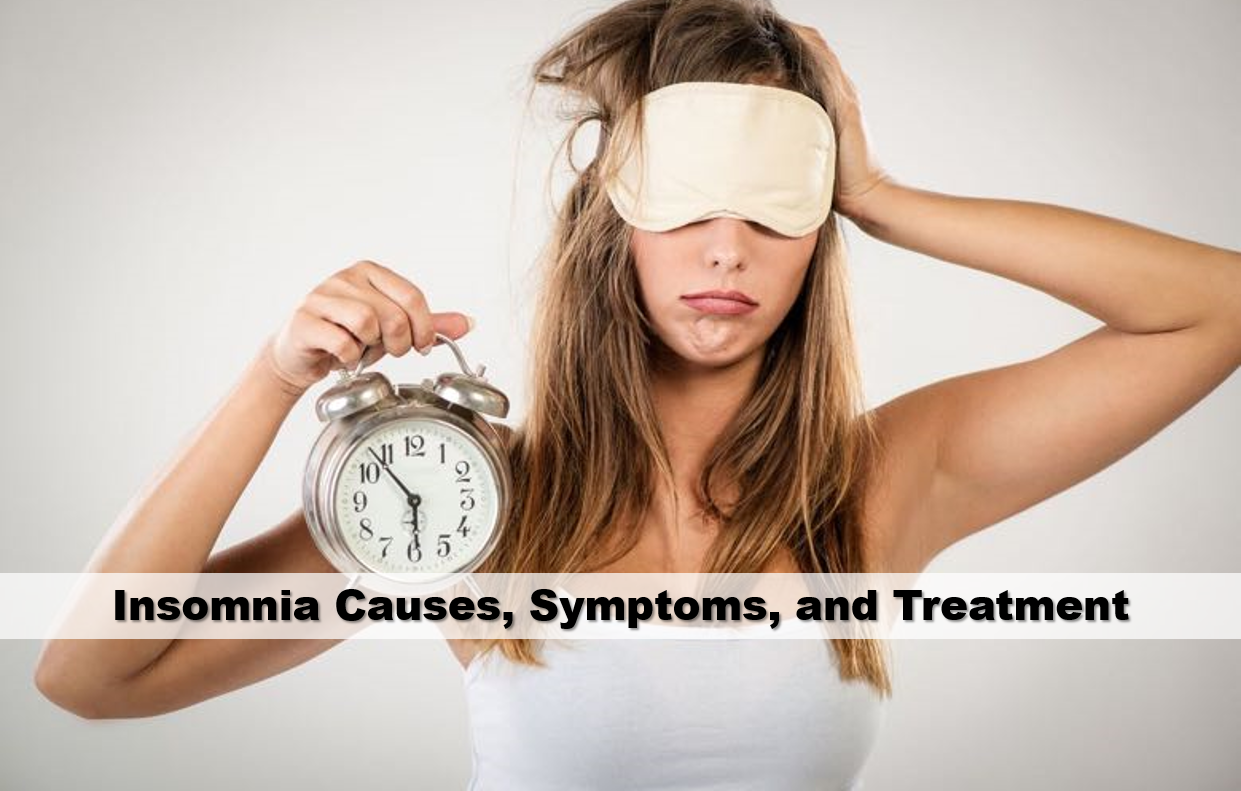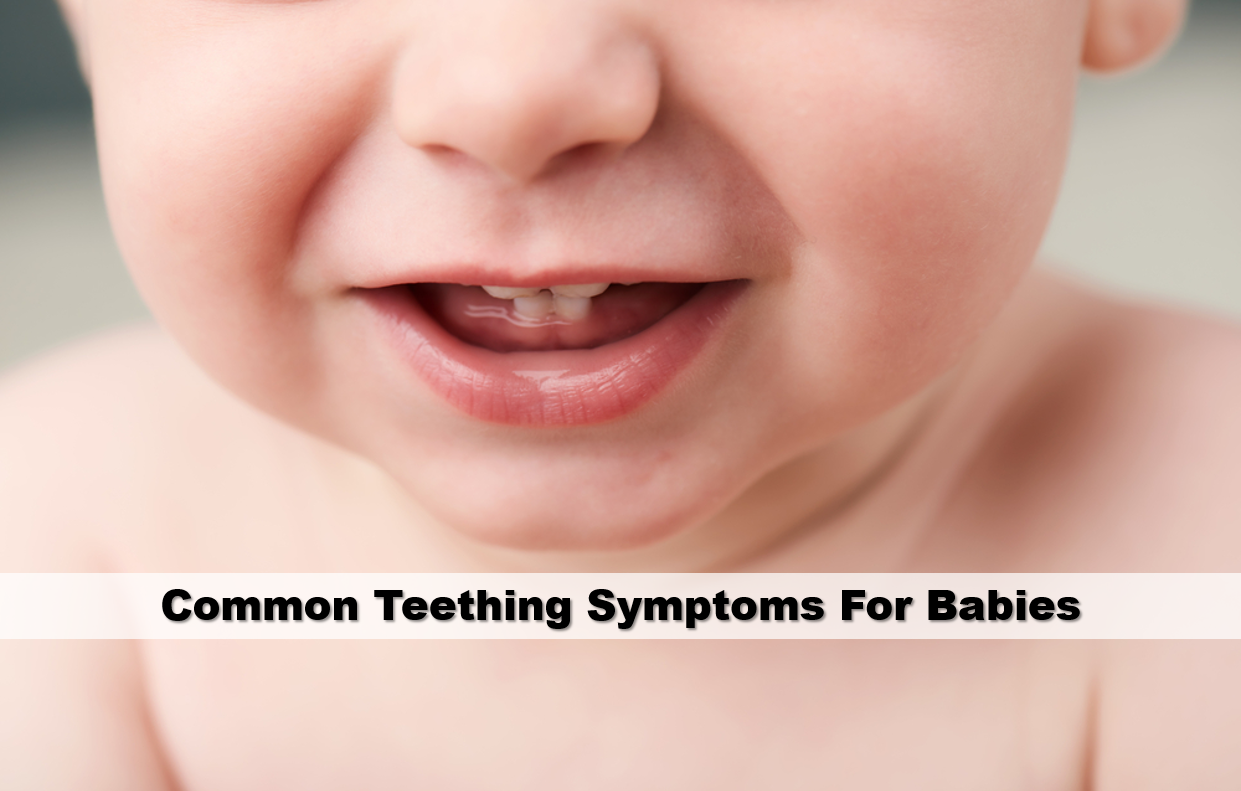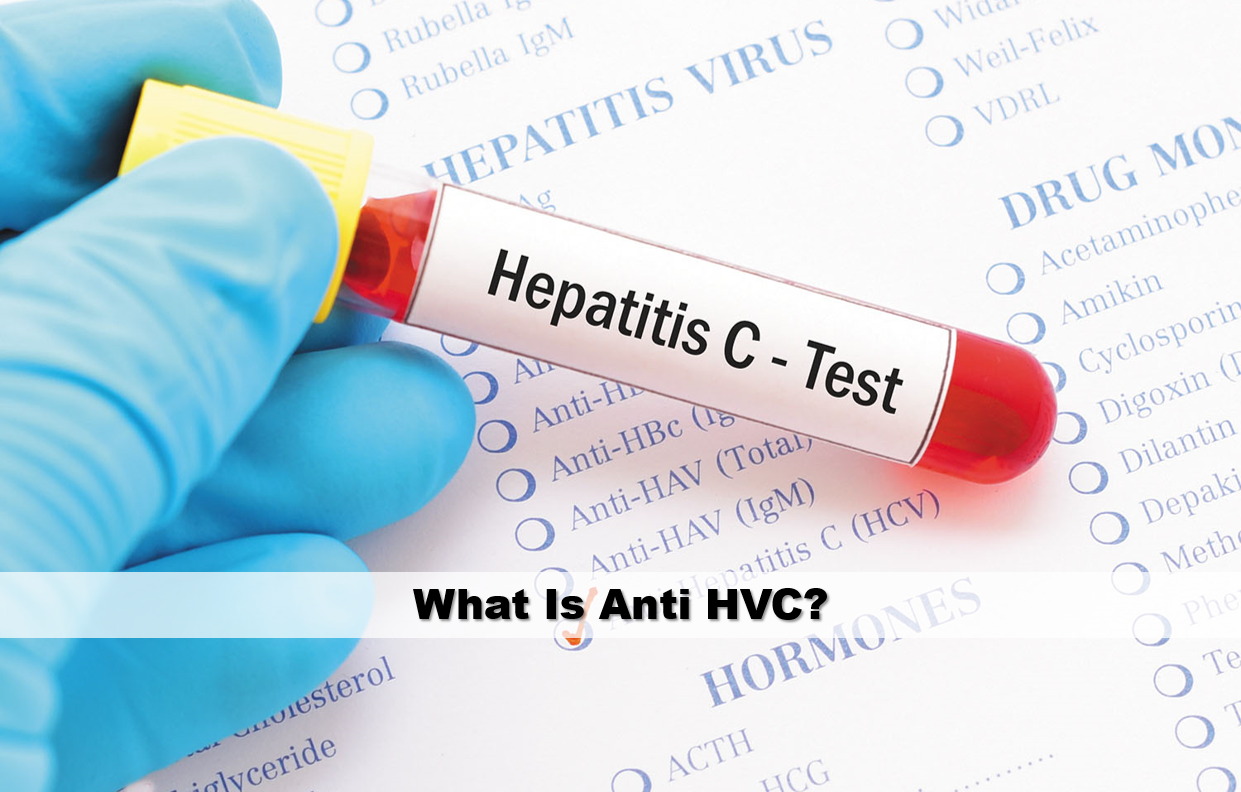Causes of Low Body Temperature in Newborns

What are the causes of low body temperature in infants? Is low body temperature a sign of infection? As in adults, babies’ body temperature may vary slightly depending on the time of day, activity, and method of temperature measurement. In general, the child’s body temperature should be between 36.5° C and 37.5° C with oral temperature.
However, measurement with an oral thermometer is not correct in an infant because they cannot keep the thermometer under their tongue. When measuring with a rectal thermometer, the baby’s temperature should be 37.6° C (99.68° F). Getting the baby’s temperature under the armpit is another method because it is easier but less accurate than rectal measurement.
How long should I breastfeed my baby?
The degree measured with armpit temperature will usually be one degree lower than rectal measurement. If the baby’s body temperature drops below 36.5 degrees, they are thought to be in hypothermia (low body temperature). Low body temperature can be dangerous in infants and can rarely cause death. Here, we will explain the causes of low body temperature in newborns in the text below.
What are the Symptoms of Low Body Temperature in Infants?
In addition to low body temperature, other symptoms of low body temperature in babies are:
- Sleep Deprivation
- Fatigue and Weakness
- Pale and Cold Skin
- Crying
- Difficulty Breathing
What Causes Low Body Temperature in Infants?

Premature Birth and Low Body Weight
Infants born before 28 weeks are at the highest risk of having low body temperature. Low birth weight is another risk factor. In babies weighing 1.5 kilograms or less, the risk of developing hypothermia immediately after birth is 30-78% higher than in babies with higher birth weight. The risk of hypothermia is higher in premature infants and low birth weight infants. If the baby is premature or has a low birth weight shortly after delivery in the hospital, it will be placed in an incubator with specially designed heating lights and heated sheets.
When you bring the baby home, use the following tips to better manage the baby’s body temperature:
- Swaddle the baby in a single blanket.
- Wear a hat if your baby will be in a cold environment. The hat can reduce heat loss in babies by up to 19%.
- Reduce the frequency of bathing, but bathing is not recommended until the stump falls off, you can swaddle the baby with a sponge or cloth during this process.
Cold Birth Environment
Many babies are born with almost hypothermic body temperature, even if they are born just in time. Being born in a cold environment can cause the baby’s body temperature to decrease in a short time. There are many protocols for warming the baby in the hospital, and some of them are as follows:
- Immediately dry the baby to remove wetness and cold amniotic fluid after birth
- Place the baby in an incubator
- Use heated sheets and blankets
- Delaying the first bath until at least 12 hours after birth, so that the bath is left for a time when the baby can stay warm.
If the baby was born outside the hospital, it is significant to keep the baby warm by similar methods. Even if you don’t have heated sheets, you can dry the baby and swaddle the baby in a blanket.
Hypoglycemia
Hypoglycemia is the circulation of glucose in the body with low blood sugar. Glucose is used by the body for energy. The baby may experience hypoglycemia at birth. To prevent hypoglycemia, it is essential to follow the doctor’s recommendations on healthy nutrition and weight gain during pregnancy, manage diabetes well in pregnancy and to have a pregnancy diabetes test, and breastfeed regularly.
Infection
Some serious infections are related to the temperature drop in the baby. Meningitis is the inflammation of the cells around the spinal cord. It may cause fever in infants, but in some other cases, it can also cause temperatures below normal. Sepsis is a dangerous blood bacterial infection and can often cause a low body temperature in infants, but sometimes can also cause fever. Both meningitis and sepsis are serious, life-threatening infections. You can click here “What is Meningitis?” to learn the symptoms of meningitis.

What to do if the baby’s body temperature is low?
Low body temperature can be a symptom of a serious disease. When the baby’s temperature drops to just one degree below 36.5, the use of oxygen increases by 10% to produce more temperature. In some cases, low body temperature may even cause death, but this is a rare condition. In a study in Nepal, newborns were observed for 72 hours after birth and babies with a body temperature below 34.5 were found to be 4.8 times more likely to die within a week after birth than those with higher temperatures. If you suspect your baby’s body temperature has dropped, the first thing you should do is measure the temperature. A rectal measurement may be more accurate, but you can use a thermometer for armpit, if you do not have a rectal thermometer. You should not use these two different types of thermometers interchangeably. Early treatment can help reduce the risk of serious complications. Call the baby’s doctor every time you suspect something is wrong.
As a result, body temperature below 36.5 degrees puts the baby at risk:
- Infections
- Respiratory problems
- Blood clotting disorders
- Death
Babies body temperature drops faster than adults. If you see any signs of it in babies, try to increase the temperature with extra clothes and hot fluids and seek medical attention immediately. You should pay particular attention if the baby is premature or has a low birth weight because these children are more likely to experience low body temperature than infants born in time.





